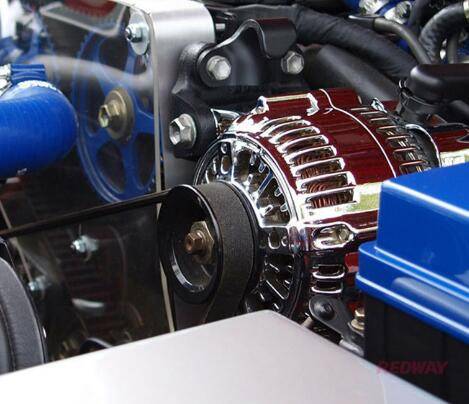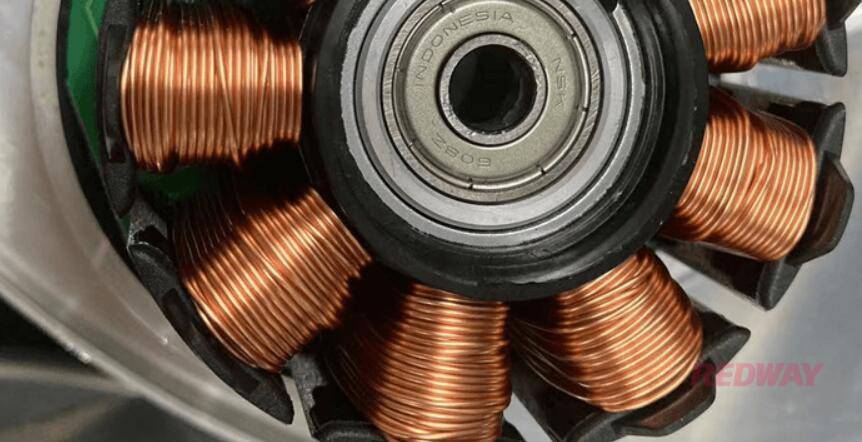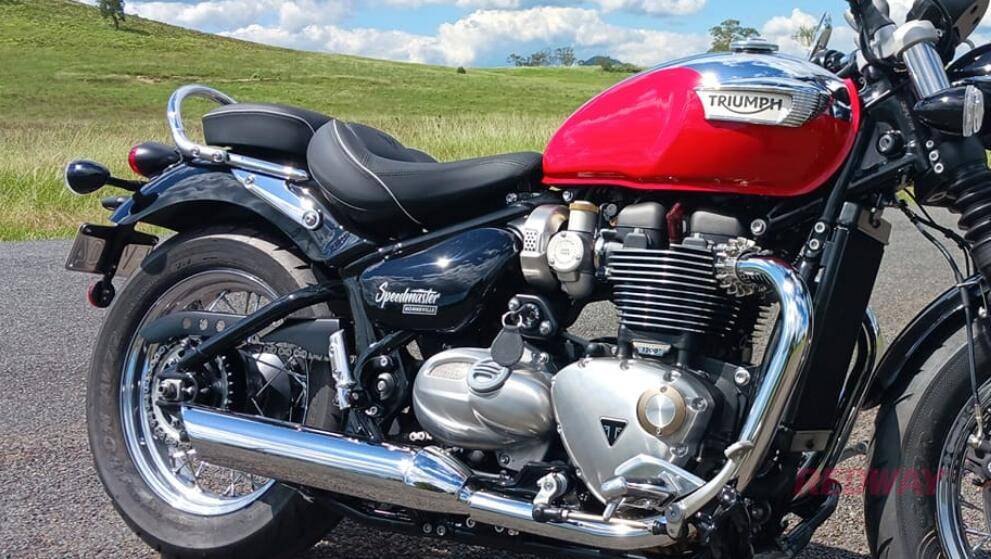As their name implies, alternators convert mechanical energy into electrical energy through the use of alternate current. Alternators are commonly found in cars, where they are used to charge the onboard battery, which is then used to start the engine and power other electric loads. However, the question remains – do motorcycles also have alternators?

#post_seo_title
Car-Style Alternator vs Stator
A car-style alternator, typically driven by a drive belt, can also serve as a power source for other devices such as a water pump or AC unit. However, it is not commonly found on motorcycles, sparking the question of whether motorcycles even have alternators at all.
Yet, despite their compact engines leaving limited space, motorcycles do in fact have alternators built within the engine itself. This takes the form of a stator with coils and outgoing wires that transfer alternate current to a diode bridge (such as a Graetz bridge) or a more advanced battery charging controller.

#post_seo_title
The magnets on the rotor (axle of the engine) generate electricity (alternate current) in the stator coils as the engine spins, which is then transferred to the outside using wires. To reduce radio interferences and stabilize the voltage, a diode bridge (Graetz bridge) rectifies AC current into DC current, which is then filtered further with a few capacitors.
In the end, the motorcycle battery itself stabilizes the voltage to its final value.
Note: Several motorcycles have diode bridges within the engine, but because the diode bridge may be difficult to repair in such a location, many models have diode bridges outside the engine – this also contributes to cooling. In addition to more stable output voltages, modern bikes also feature more complex charging controllers.

#post_seo_title
Conclusion
A motorcycle usually does not have an alternator like a car – instead, it comes with stators that produce electricity as soon as the engine is started, thanks to the magnets on the rotor. Motorcycles have alternators, but not car-style ones.



